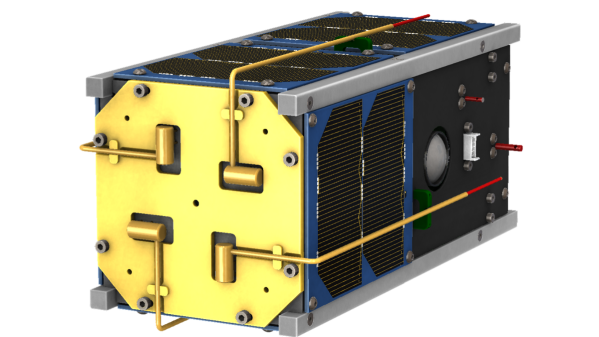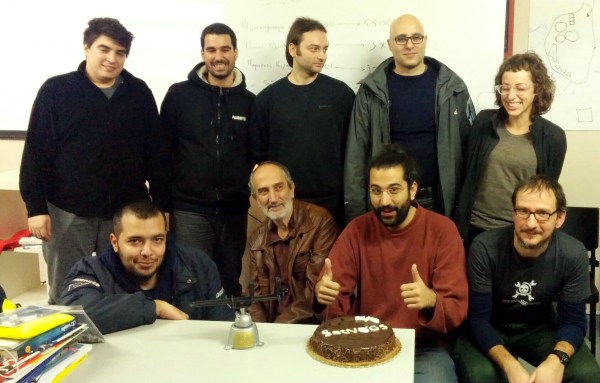There’s no shortage of movies, TV shows, and books that show a dystopian future with corporations run amok in outer space with little or no effective oversight. Dune, The Expanse, and The Dispossessed spring to mind as predicting different aspects of this idea, but there are plenty of other warnings throughout sci-fi depicting this potential future. One possible way of preventing this outcome is by ensuring that space is as open-sourced as possible and one group, the Libre Space Foundation (LSF), is working towards this end. Their latest is a project with Ondsel to develop and model a satellite deploying mechanism using almost entirely open source software.
The LSF had already designed the PICOBUS satellite launcher system that flew to space in 2022 and deployed a number of CubeSats, but the group needed more information about how the system would perform. They turned to Ondsel to help develop a multi-body dynamics (MBD) solver, managing simulations with mass-spring-damper models. The satellite launcher includes a large constant-force spring that pushes the CubeSats out of the device once the door is opened, and the model can now simulate their paths in space without gravity. The team will launch their next set of satellites sometime next year on an RFA-ONE rocket.
The LSF maintains a huge database of their open source space projects, including this one, on their GitLab page. Although it might seem like small potatoes now, the adoption of open source software and hardware by space-fairing entities can help further the democratization of low Earth orbit.
Thanks to [johnad] for the tip!



















